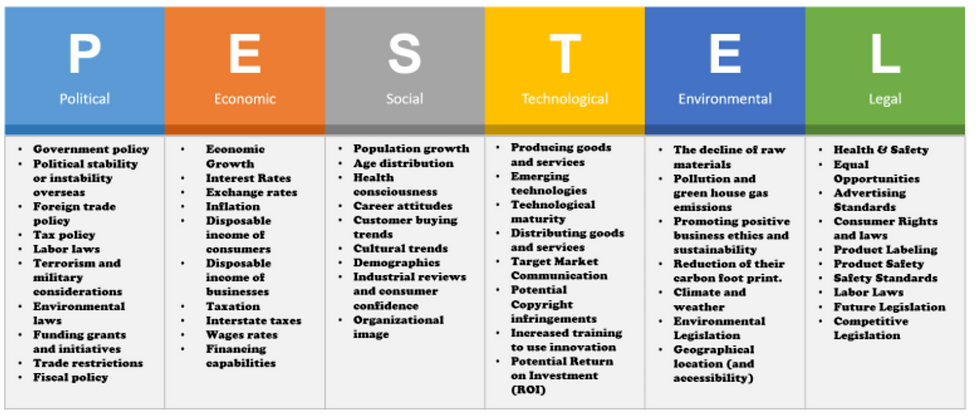Top Five Practices Innovation Strategy Must Capture
- Mike J. Walker

- Aug 1, 2020
- 3 min read

Today more than ever, innovation is vital to your organization's survival and success, however a hasty, reactive, and isolated innovation strategy isn't the answer either. I've found this to be the case more times than not over the past few years. There's just too much change and not enough time to absorb it. Given the rapid changes in the technology landscape innovation strategies are quickly trying to move to the answer instead of taking a deliberate approach because in many cases their business is directing them to.
This may surprise you, but I would recommend to slow down and devise a sound innovation strategy that is tailored to your organization's needs and long term goals. Take time to truly understand what
A strategy is a coherent and substantiated logic for making one set of choices rather than another. It enables you to make decisions that drive action, whether that relates to the overall mission of the organization, where it allocates resources or how it implements programs and processes.
Good strategy is clear, never confused. At its best, it explains the maximum number of variables in the fewest number of statements. Everything strategy does is in the service of operational success. There can never be "good strategy but poor execution," because assessing capabilities is a crucial part of strategy.
#1 Address the “so what moment”.
Make sure you clearly identify the key drivers (use PESTLE below) and why your IT and business unit leaders should care about these trends. Be specific, give examples, and target key business outcomes.

PESTEL Analysis is one tool of many that supports strategic business planning, incorporating strategies and programs to reach the business goals. A PESTEL analysis is used to identify and analyse the key drivers of change the external business environment, as well as when plans to launch a new product, project or service into the market is considered. Understanding these environments helps to minimize threats, while maximizing opportunities. Environmental scanning can help business identify opportunities in the market while avoiding costly mistakes or risks.
This person wrote an excellent overview, check it out here: https://andet5.com/2018/02/pestel-analysis-what-is-it-and-why-do-we-use-it/
#2 What should the organization do to address.
Provide an outline of what you think the organization should do to prepare for these trends (ex. Ideation workshops, technology pilots, vendor innovation days, or Gartner conferences)
If the problems are well known, then...
Strategic Value Assessments can be a powerful tool to provide a comprehensive view of understanding why value and risk are critical information points in identifying digital disruption opportunities, provides a method to distill information.
If the problems are unknown, then...
You will need to must understand the market forces, disruptions, or trends to make informed decisions around corporate, technology and innovation strategy development. Start ideation workshops for experimentation, learning, and refinement of those innovative ideas.
#3 Communicate effectively.
Take detail from the word document and distill down to 1 slide (if possible) or if you can’t get to as few slides as possible. You may need to have a different version of your presentation based on the audience.
#4 What are the effects on the current strategy?
Create a hypothesis for the positive or negative impact to specific outcomes. These are conversation starters and are meant to create a dialog with leaders not provide definitive answers.
Here are some tools that can help:
Business opportunity roadmap — Obtaining a timeline of when particular business drivers are likely to occur is a powerful tool for EA practitioners to use to understand which opportunities are realizable, and which ones should be put on hold.
Social and ethical roadmap — Using this deliverable to understand when and how social and ethical events, trigger events or hypothesizing for potential challenges in this space is an essential consideration for understanding not only risks but also the validity of the investment of that opportunity.
#5 Now what? Make sure you have a list of “asks” for your stakeholders.
If they agree with your positions make sure you have done the work to determine what you need to get started, sustain the effort, and an idea of the project resourcing and costs associated. It is also a good idea to have 2 to 3 different paths to choose from.



Comments